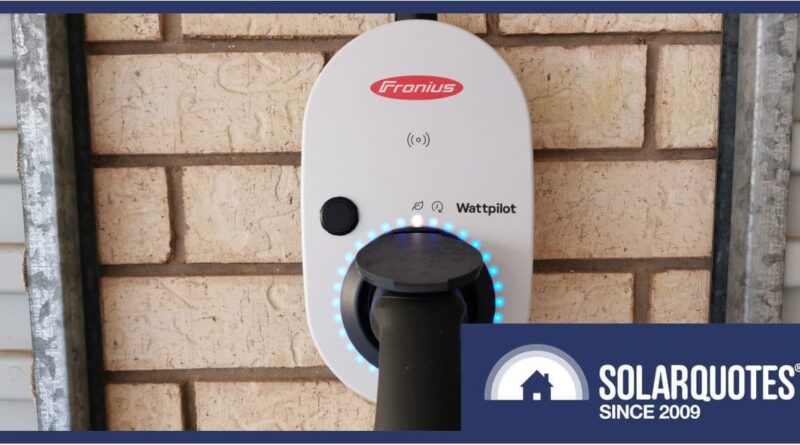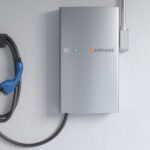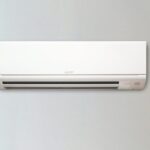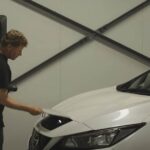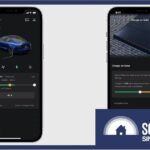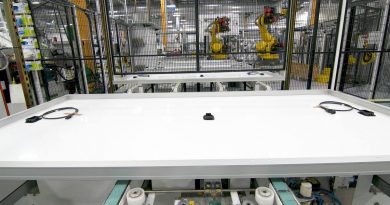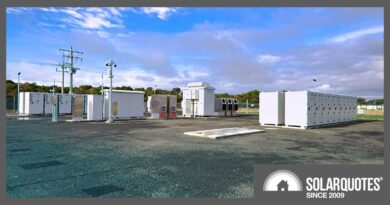New Smart EV Charger Requirements In SA Near
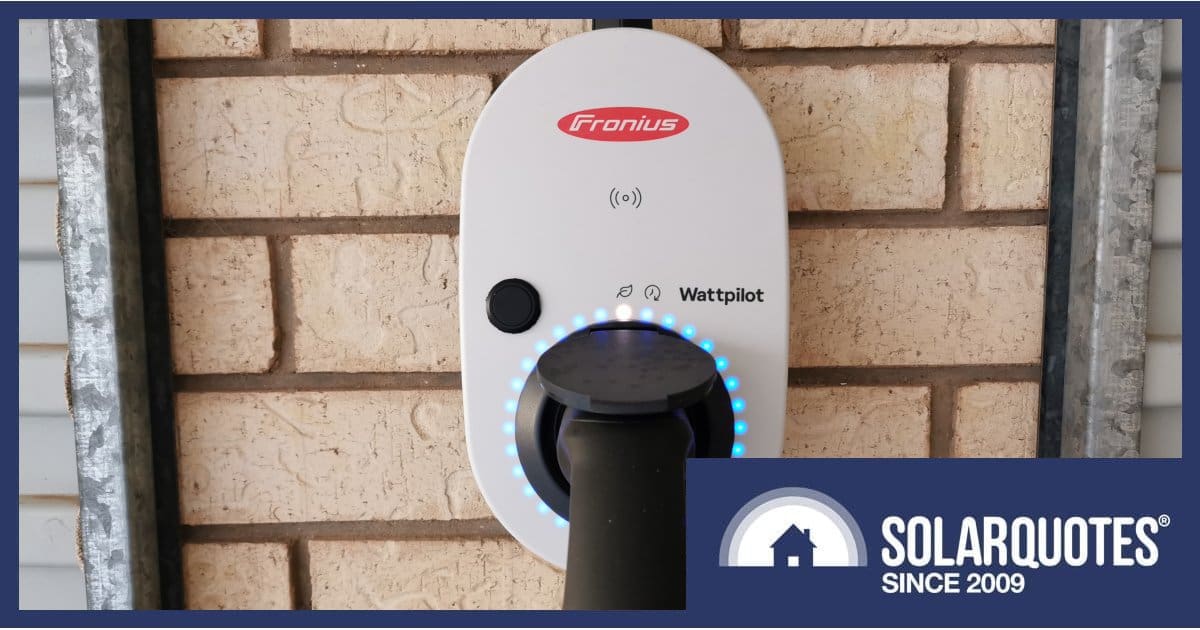
The clock is ticking for home EV charger manufacturers to get listed as compliant with new guidelines in South Australia.
First, a couple of terms that are handy to know.
- EVSE – Electric Vehicle Supply Equipment. Basically, a charger1.
- EVSDE – Electric Vehicle Supply and Discharge Equipment. A bi-directional charger, which can also discharge an EV’s battery to the grid.
As in other states, EV uptake in South Australia is picking up pace. This is a Very Good Thing for obvious reasons, but is also accompanied by some challenges. For example, in the years ahead, EV owners collectively plugging their cars in to charge when they get home from work could add significantly to evening peak demand, putting mains electricity infrastructure under greater pressure.
South Australia’s Department for Energy and Mining (DEM) has been working to introduce local demand response (DR) capability requirements for certain types of appliances, including electric vehicle chargers. Those requirements will soon make prime time – from July 1, 2024, any new installation of hard-wired EVSE/EVSDE will need to meet the new guidelines and be on the equipment compliance list.
In a nutshell, compliance with the new guidelines can be achieved with one of the following:
- OCPP (Open Charge Point Protocol) 1.6 (V2) or higher – listed as ‘OCPP 1.6 (V2)’
- ANSI/CTA 2045-B – listed as ‘ANSI/CTA-2045-B’ (American National Standards Institute’s “Modular Communications Interface for Energy Management”)
- Meets “Deemed to Comply” – listed as ‘DTC’
Regulatory requirements aside, OCPP 1.6 is a very handy feature to have. It enables a device to communicate with other services; for example, diverting solar power system output to charging a car. We have a Fronius Wattpilot for our BYD Atto 3 and in the past year at least 90% of our charging has been solar-only.
But in the context of the DEM’s demand response management goals, OCPP allows a DNSP/grid operator to throttle devices remotely when the grid is under peak load. Of course, internet capability is needed – also part of the requirements; as is an on-board communication port for physical connection to another device, or wireless capabilities for achieving the same.
EV Chargers Listed So Far
The registered equipment compliance list is looking a little thin at this stage given the number of products currently available on the Australian market. But it’s not uncommon for there to be a bunch of last-minute additions when power electronics guidelines change – we’ve seen the same thing happen in the past with solar inverters.
As at the time of writing, the EVSE list includes:
- Fronius Wattpilot Home and Go
- Delta Electronics AC Max Smart
- JET Charge ChargeMate
- Wallbox Australia Pulsar Plus, Pulsar Plus Socket, Pulsar Max, Pulsar Pro, Copper SB, Commander 2
- ABB Australia Terra AC
- Ohme Operations Australia Ohme ePod
The DEM notes there are many other devices available in Australia that would comply – the companies just need to register them with the Technical Regulator.
As for the EVSDE list, the cupboard is currently bare and that isn’t surprising. Bi-directional chargers are still very expensive and scarce in Australia, with regulatory and standardisation efforts ongoing.
Further details on model designations for the above devices and the most up-to-date equipment list can be found here. You can also compare EV charger specifications and pricing here, and learn everything you need to know about EV chargers here.
And if you want to see what brands installers are partial to, check out the best EV chargers of 2024. Spoiler: From the above list, only the Fronius Wattpilot scored a spot on the SQ Installers Choice Awards podium this year. But bear in mind, EVSE gear is a relative newcomer and installers are still navigating the options available.
Footnotes
Original Source: https://www.solarquotes.com.au/blog/ev-chargers-sa-mb2930/

